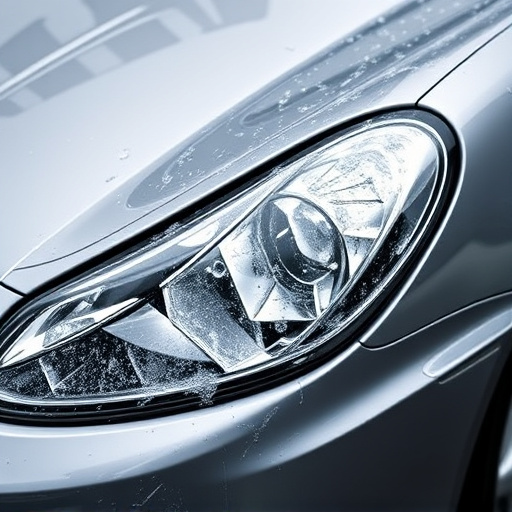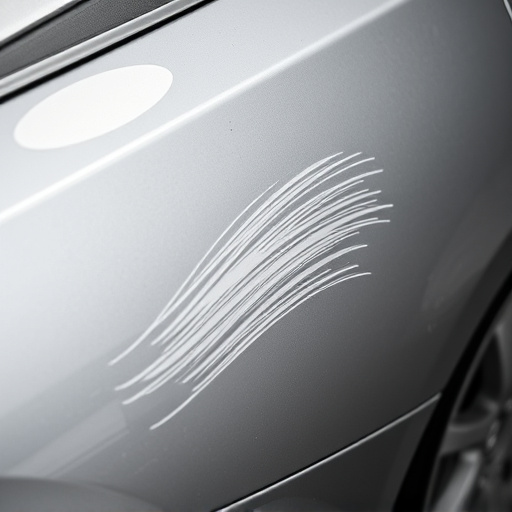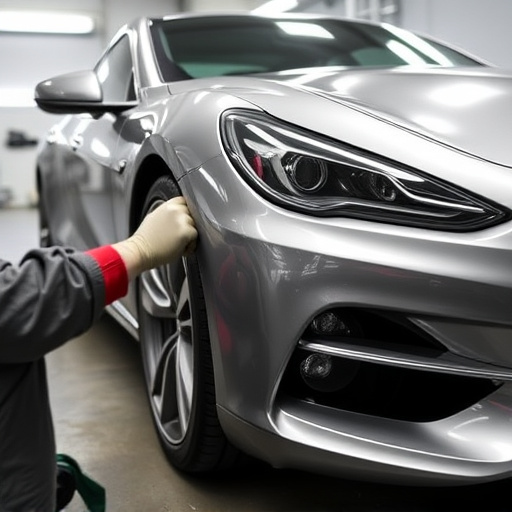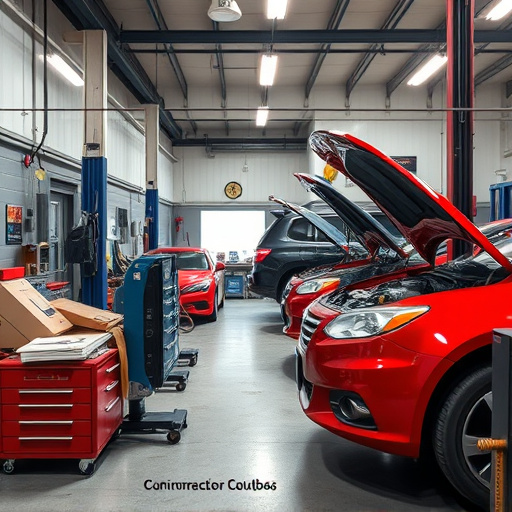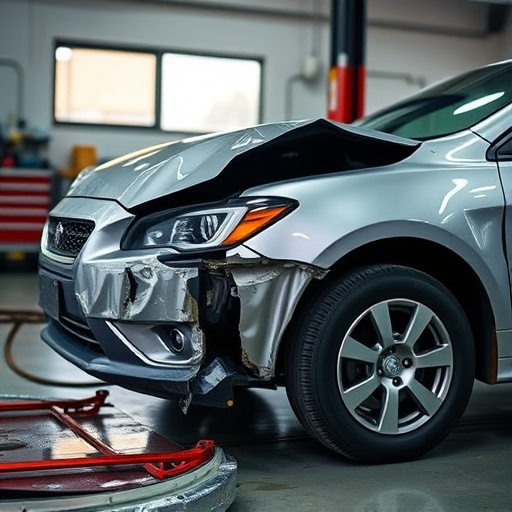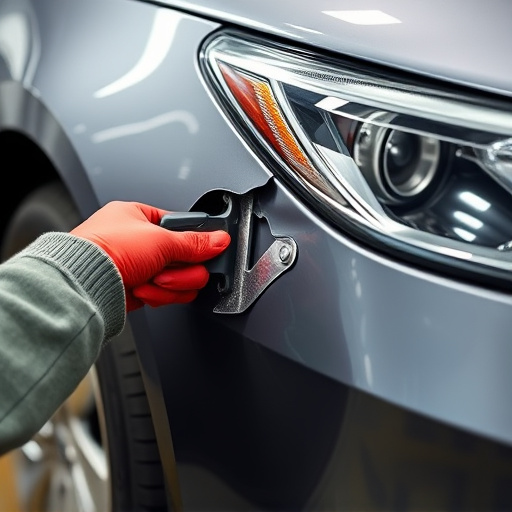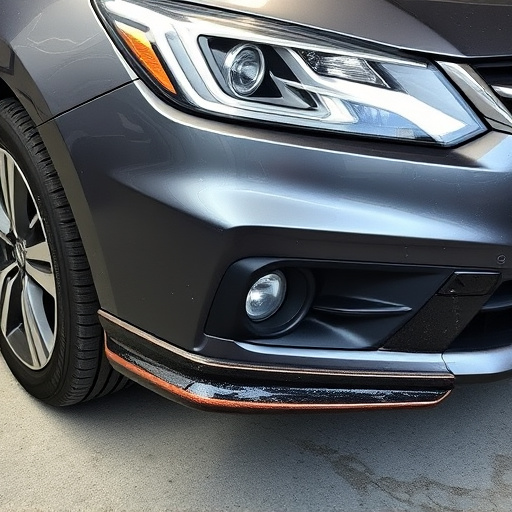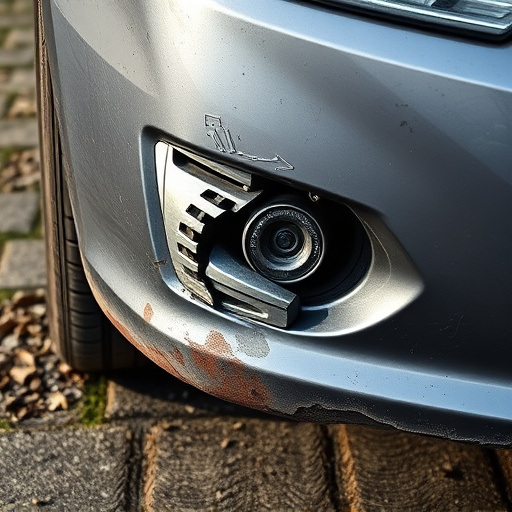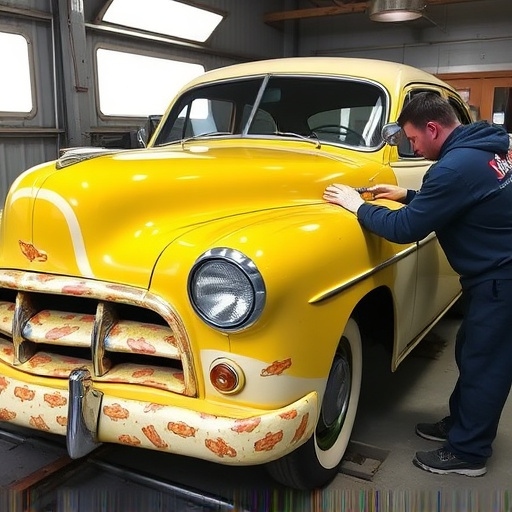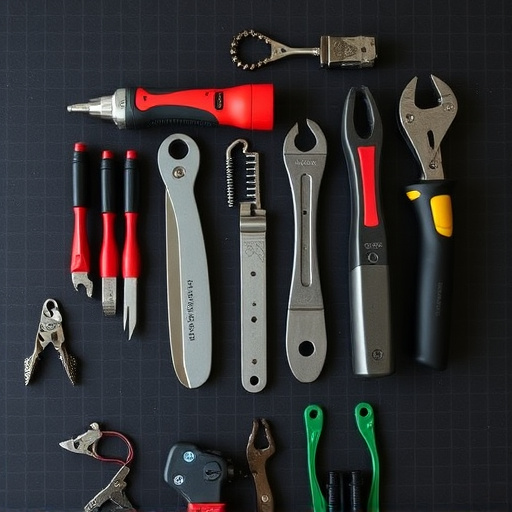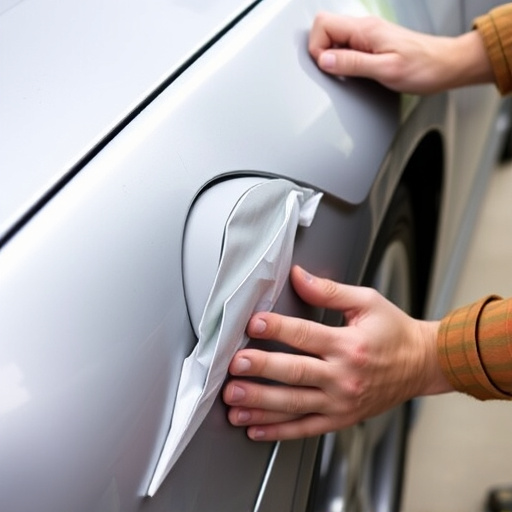Regularly inspect Tesla charging ports for wear, corrosion, or misalignment. Use specialized tools and a systematic approach to repair ports, addressing connector pins and other issues promptly. Unplug the charger, inspect pins with a tool, and replace as needed to prevent future damage.
Looking to fix your Tesla charging port? This comprehensive guide walks you through common issues, essential tools, and a detailed step-by-step process for both repairing and inspecting your Tesla’s connector pins. Learn how to identify potential problems, gather the necessary materials, and perform a thorough inspection to ensure optimal charging performance for your electric vehicle. Master these steps and say goodbye to charging port headaches.
- Understanding Tesla Charging Port Issues
- Tools and Materials for Repair
- Step-by-Step Connector Pin Inspection
Understanding Tesla Charging Port Issues
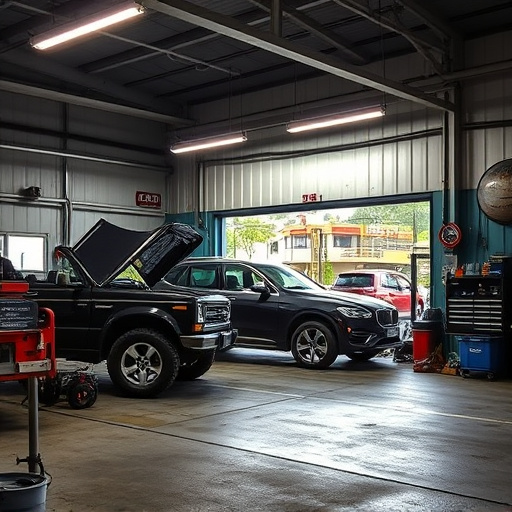
Tesla charging port issues can arise due to various reasons, from daily wear and tear to accidental damage or rough handling. As Tesla vehicles gain popularity, recognizing common problems and knowing how to address them, especially at an auto collision center or car repair shop, becomes increasingly important for vehicle owners. One of the most frequent issues is a faulty connector pin, which can lead to charging difficulties or even complete incompatibility with charging stations.
Regular inspection of the Tesla charging port and its connectors is crucial. Over time, these components may show signs of damage, corrosion, or misalignment. Such problems can disrupt the charging process, cause connectivity errors, or even pose safety hazards. Therefore, it’s recommended to familiarize yourself with basic Tesla charging port repair techniques, enabling you to identify and address issues promptly at an auto body repairs facility if needed.
Tools and Materials for Repair
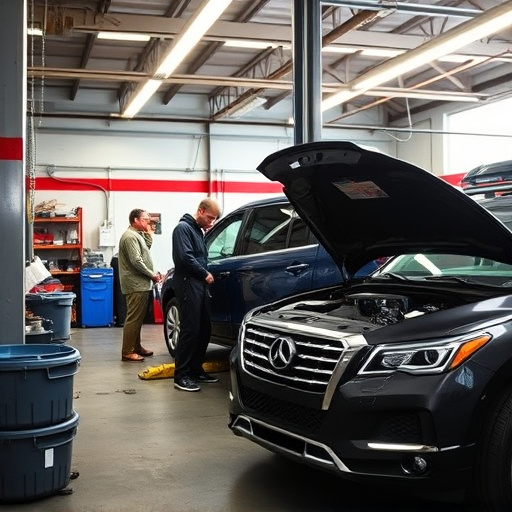
When tackling a Tesla charging port repair, having the right tools and materials is paramount to ensuring a successful outcome. For this job, you’ll need a selection of specialized tools designed for precision work. Start with a good pair of high-quality tweezers, ideal for gripping and manipulating the tiny connector pins without damage. A magnifying glass or lens will aid in inspecting each pin for any debris, wear, or misalignment. Additionally, a fine-tipped screwdriver set with various sizes is essential, as different Tesla models may require specific screw types.
Don’t forget about the protective gear, such as latex gloves and safety glasses, to prevent any accidental exposure during disassembly. While not directly related to the repair itself, having access to auto body services or tire services can be beneficial if there’s accompanying car damage repair needed after removing the charging port. Remember, proper tools and a systematic approach will make this repair process smoother, ensuring you get your Tesla back in top shape.
Step-by-Step Connector Pin Inspection
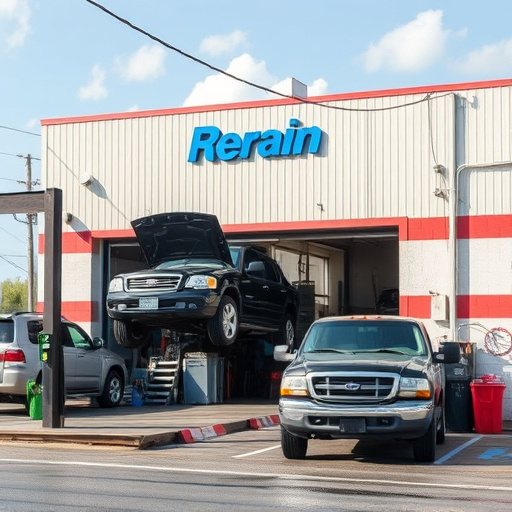
To begin your Tesla charging port repair and connector pin inspection, start by locating the charging port, typically found on the driver’s side or rear of the vehicle. Next, gather the necessary tools, including a flashlight, pin inspector tool, and any replacement parts if needed. With these in hand, carefully unplug the charger from the port to gain easy access.
Examine each connector pin visually using your pin inspector tool. Look for signs of damage, corrosion, or misalignment. These issues could lead to charging problems. If you notice any defects, take note of their severity and decide whether a simple cleaning or a more involved fender repair is required. Remember that prompt attention to these pins can prevent future car dent removal or even more significant car paint repair needs.
In light of the above, it’s clear that addressing Tesla charging port issues is both feasible and crucial. By understanding common problems, gathering the right tools and materials, and performing a meticulous connector pin inspection, you can effectively troubleshoot and repair your vehicle’s charging port. This guide serves as a valuable resource for ensuring your Tesla remains energized and ready to hit the road, making every charging session hassle-free. For those seeking to tackle these repairs themselves, this is a game-changer that could save time and money.

